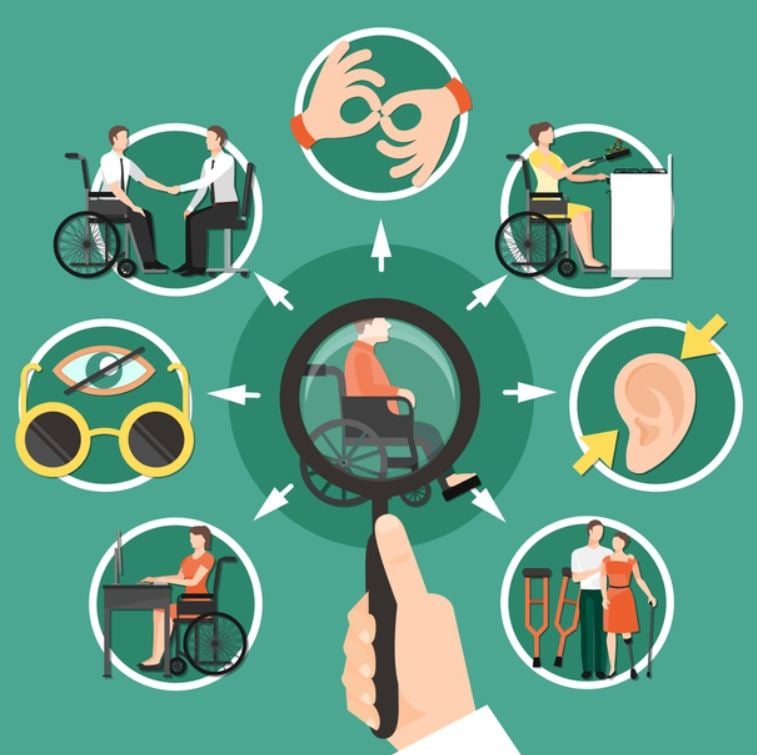We have covered various factors that contribute to the increasing need for innovation and competition in the assistive technology industry, especially at the height of the COVID-19 pandemic. Despite this, we see a historical lack of innovation and competition in this space. Although big players in the tech industry are scaling up resources focused on accessibility and considering accessible design requirements in the earlier stages of development, it's important to explore some of the economic benefits of investing time and development into assistive technology (AT).

A decade-old World Report on Disability by the WHO which surveyed 51 different countries estimates 15% of the global population has some form of a disability. This constitutes over 1 billion individuals (nearly the population of China) who experience disability in some form. This same WHO report showed that disability is often a major contributing factor in unemployment rates and lesser productivity, with higher unemployment rates among the disabled population.
When considering what constitutes "assistive technology", it's important to remember that an AT device as simple as a hearing aid or prescription glasses can drastically improve one's quality of life. Consider a simple example: a person with vision issues does not have access to adequate prescription glasses. Their productivity is lesser than their sighted counterpart, but with the correct prescription glasses, their productivity can improve up to 32%, increasing their throughput and therefore their lifetime earning potential. This same philosophy applies to even the most complex of disabilities. If a high-level quadriplegic is given access to the appropriate assistive technology required to allow them to efficiently control a workstation, this can reduce the barriers to employment, extending the working life of this assistive technology user. In a nutshell, an AT-supported workforce is more productive and affords them more opportunities for meaningful contribution over the course of their lifetime.
Assistive technology can not only improve a user's mental health, as discussed in our previous blog post about technology and social isolation, but all aspects of a person's health can be positively affected by the use of assistive technology. Using assistive technology as part of primary and preventative healthcare is more cost-effective than curative, reactive healthcare. This lessens the economic burden on universal healthcare systems. Again, a healthier workforce is a more productive workforce.
We all benefit economically by investing time and money in assistive technology. We owe it to ourselves to shed outdated perceptions of disability and follow in the footsteps of the tech leaders, such as Microsoft, Google, and Apple and increase our efforts in assistive technology. Accessibility pays off!
References
-
The Case for Investing in Assistive Technology: https://atscale2030.org/investment-case
